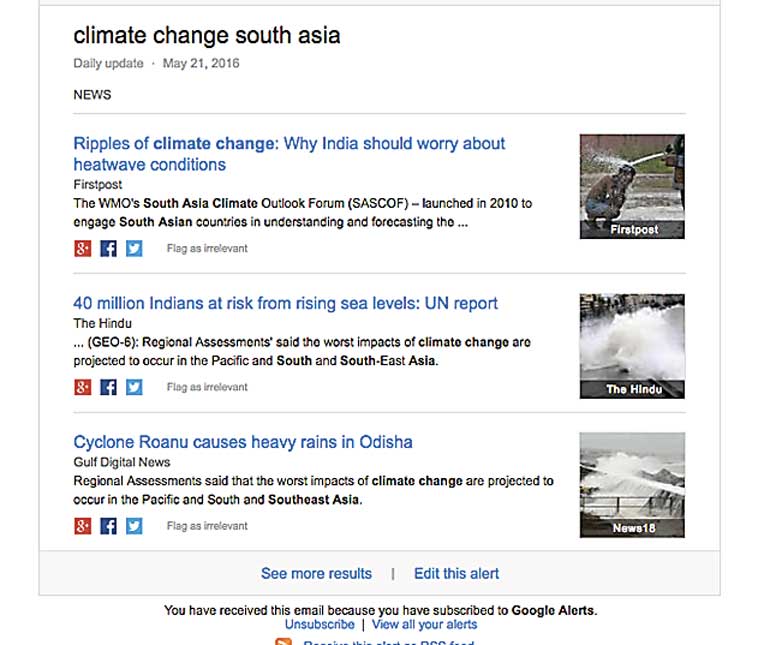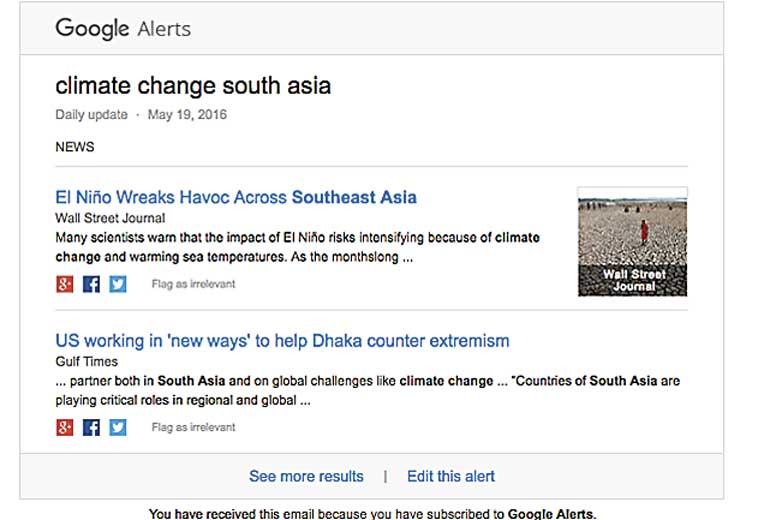Wednesday Jan 22, 2025
Wednesday Jan 22, 2025
Wednesday, 1 June 2016 00:00 - - {{hitsCtrl.values.hits}}

By Senashia Ekanayake
Sri Lanka does not have one too many disasters. There are those that pass by, but for most of the part, we are on the safe side of things and probably have one colossal calamity once a decade.
Turns out 2016 is that year in this decade, with the last calamity of this scale dating back to the 2004 tsunami.
At first, the rains were welcomed with open arms. After weeks of scorching heat topping to nearly a reading of 39-40 *c, a ridiculously high temperature for the streets of Colombo, the rain was great. Lawns and paddy fields started colouring themselves green again and the fragrance of water on soil was greeted with much of the Sri Lankan hospitality.
However, the rains didn’t stop. It poured and continued to pour up until the reservoirs started filling up to non-desired levels. This resulted in letting the water flow, all the way downstream, to a few key towns and districts in the Central and Western provinces and finally, to the streets of Colombo.
A flood last hit the commercial capital as hard in the late 80s. However since then, there has been an exponential growth in skyscrapers and migrant population for work, education and convenience and hence one would assume that the main city of a country would be prepared for such a disaster the next time around. Alongside with floods were landslides that occurred in the district of Kegalle.
The total damages and loss to human life caused by floods and landslides included, as at 25 May: 100 reported dead and many others missing along with 119,000 displaced and 4,500 houses fully or partially damaged.
Right now, the floods are kept at bay and the water levels receding, however the city now deals with its seasonal tropical monsoon in the midst of cleaning up and shifting back to their former premises.

But was it climate change?
Reported in local and social media as #ExtremeWeather, the development sector is concerned as to why terms ‘climate change’ has not been used.
The floods hit at an unlikely time followed by weeks of scorching heat, yet it was a mere case of ‘Extreme Weather’ and not ‘Climate Change’, so much so that Google Alerts were not capable of picking it up as a ‘Climate Change Alert’ on their servers.
But was it preventable?
Is one of the main questions being asked by climate change and environmental activists and policy makers alongside the mismanagement and miscommunication in the distribution of disaster-aid.
Sri Lanka does not have an early warning system for its floods. Those living alongside the Kelani River for years now have been keen observers of water level and this was one of the times that they may have ‘missed the hit’. It’s quite surprising on the lack of the early warning system as countries not as developed as Sri Lanka is still equipped with such a renewable-energy based early warning system.
In Kegalle however, there was a warning issued two-days prior to the first landslide. While houses and material couldn’t have been saved, lives could have been.
Lessons from Nepal’s earthquake in 2015 taught us many things: on preparedness, rescue and relief and rehabilitation and it’s about time Sri Lanka too learns from it.
A case for loss and damage
When the tsunami struck, it was the first for Sri Lanka. Insurance companies had not prepared for such damage and thus it had not been included in their policies sold. It was only following court intervention were survivors able to reclaim and compensate for the remains of what had not been carried away by the tide. The tsunami was even a first for the Department of Coastal Conservation and they had not prepped beforehand on how to come to terms with coastal encroachers.
Fast forward to present day, the flood that occurred was not a flash flood. Where material is concerned, insurance companies have hinted on how compensation will most likely be case-by-case. There are some instances where material (for example, a car) may have been removed prior to the flood or other instances on how the insurance companies were not informed of the calamity and loss almost immediately.
A topic for near controversy as it is common to argue on how saving property would not have been on the list of priorities when compared to the lives in an affected town or village.
Leaving aside material and that of which cannot be insured, we have the paddy fields, cattle farms and emotional damage caused by this calamity.
However, here’s hoping that the country learns from its disasters (no pun intended) and prepares itself for the years to come as neither climate change nor the economic development is going to slow down and the country needs to be ready for this.